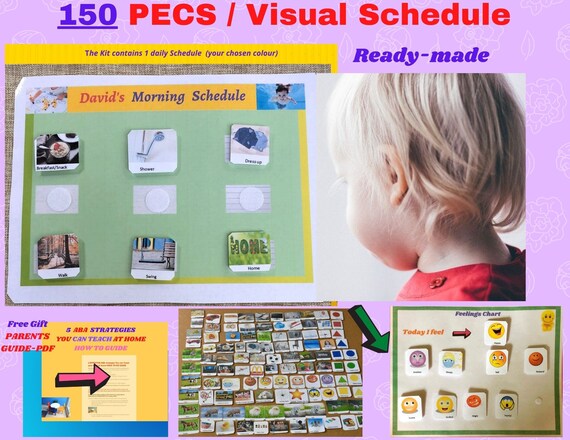

Joanne Cafiero has supported and described a process of modeling that also considers ABA, AAC Meets ABA. Pat Mirenda, surprised me with her support of modeling for students with ASD (she cited AAC Modeling Intervention Research Review, including the research by Katherine Drager, et.al, Aided Language – Preschoolers with Autism. According to NPDC, visual supports for students with ASD are an evidence-based practice.Īt her presentation last spring at “AAC by the Bay,” Dr. In my opinion, the modeling of core language is for the purposes of giving language input (receptive language) with visual support, not necessarily with the expectation of expressive language right away. What prerequisite skills should a child have before aided language begins? Again, for individual students, decisions may be based on clinical experience and judgment.Ģ.

I’ve also noted that some students clearly benefit from the models provided by typical peers in the LEAP classrooms. In my research, I did not come across anything about prerequisite skills required for using these practices (such as joint attention).

What about my students who (like me) benefit from motor planning and knowing exactly where words are on a board?.Can we expand language for children beyond desired nouns?.How are we building language functions for children?.Are we only teaching children with autism to request?.However, once these same students enter elementary school, the elementary-high school SLPs begin using core vocabulary as our primary communication modality.Īt that point, we began to ponder the following questions: The early childhood program is primarily using picture exchange communication with their students. At the beginning of this year, multiple people in my district began discussing communication for children with autism.


 0 kommentar(er)
0 kommentar(er)
